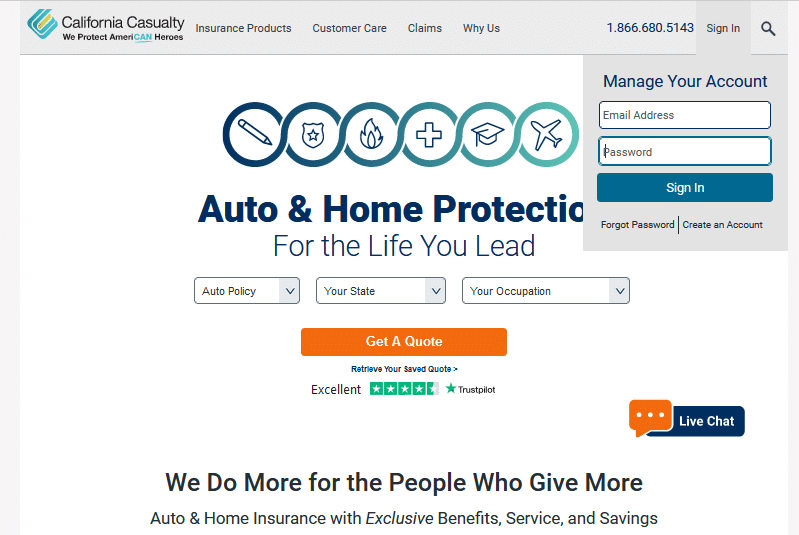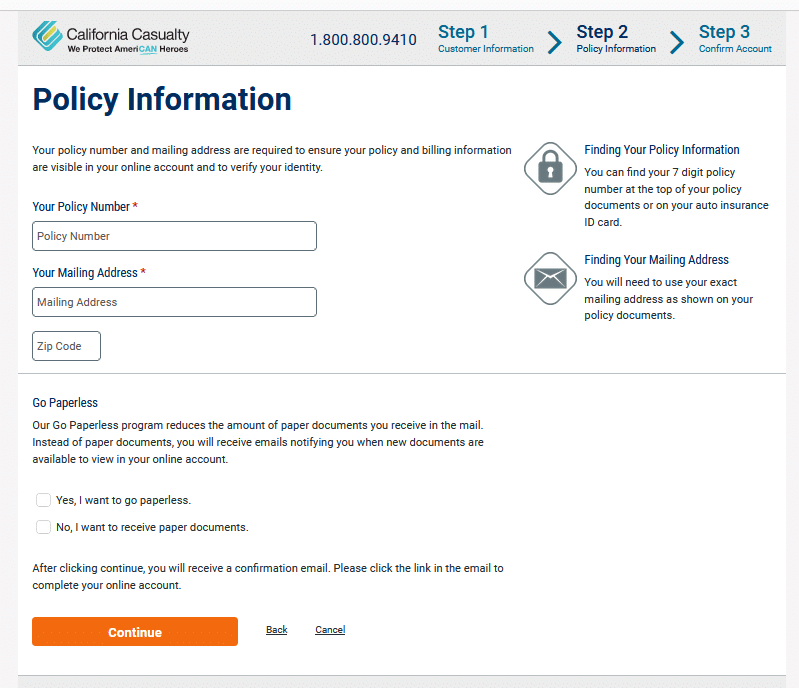
by California Casualty | Consider This |
If you haven’t done so already, now is a great time to visit www.CalCas.com and sign up to Manage My Account online.
Creating an account is easy, secure, and convenient. Just click on “Sign In” in the upper right-hand corner of the page. Then, at the bottom of the gray box that appears, you click on “Create an Account” to get started.
It takes three simple steps to sign up:
- Input your Customer Information
- Add your Policy Information (and choose if you want to Go Paperless*)
- Open your Email and Confirm Your Request to Sign Up.
Once you’ve signed up, you will have quick access to your policy(ies) at any time and from anywhere. You simply “Sign In” in the same right-hand corner where you created your account initially. And easy, secure access to this policy portal gives you the flexibility to:
- Download/Print ID Cards
- View/Download Your Declaration Pages
- Pay Your Bill Online
- Make Some Changes to Your Policy (Manage Drivers, Manage Vehicles, Manage Lienholders/Mortgagee)
- Contact Customer Service for Additional Support
- File a Claim
- Create/Save a New Auto Quote
- Etc.
And don’t worry! If you forget your password, it’s easy to reset. Just click on “Forgot Password,” enter your email address, and a link to reset it will be emailed to you momentarily.
Go ahead – sign up today!
This article is furnished by California Casualty, providing auto and home insurance to educators, law enforcement officers, firefighters, and nurses. Get a quote at 1.866.704.8614 or www.calcas.com.

by California Casualty | Consider This, Homeowners Insurance Info |
It’s almost time to find room for all of the new gifts that you received over the holidays. The easiest way to keep track of all of your possessions is by creating- and continually updating- a Home Inventory.
A Home Inventory is a list of the valuable objects that you have inside of your home.
It may sound like a waste of time, but this list will be your saving grace if there is a fire, destructive storm, or if someone breaks in and steals your belongings. Without one, many people have a difficult time pinpointing or recalling everything that might have been destroyed or taken, and unfortunately, that can delay homeowner claims or keep you from getting your full compensation.
So, when the New Year rolls around make the time to take inventory of your home and all of your new treasures. It’s easy! Just go room by room and document:
- Electronics
- Personal Care Items
- Jewelry
- Art
- Kitchen items and appliances
- Furniture
- Carpeting
- Beds and linens
- Clothing
- Sports equipment
- Tools
Don’t forget to take pictures of the exterior of your home as well -photos are best from all angles- including the landscaping and any decks or porches- and also take note of everything in the garage, attic, or basement, like holiday ornaments, lawn and yard equipment, tools, etc.
You can choose to write everything down, but we suggest to use photo/video documentation of your belongings. To make the whole process easier on you we’ve created a Household Inventory Checklist that walks you through each possession you may have, so you don’t forget anything- you can even document the value. Just attach your photos to the document or put them in a folder on your phone and you are good to go! Click here for the checklist.
Trying to tally up what needs to be replaced is not something you want to do in the event of a claim, so taking the time to complete an inventory will be more than worth it. You can even use the time to get rid of the old and make room for all of the new!
Related Articles:
Too Late is Too Late: Why You Need a Home Inventory
5 Things Not Covered By Most Home Insurance Policies
Protect Your Home and Family- Know It. Do It.
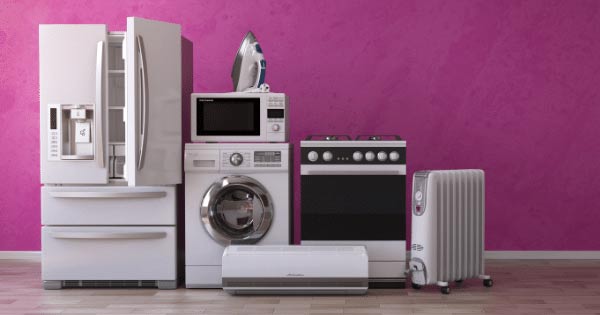
by California Casualty | Consider This, Homeowners Insurance Info |
Is there anything more frustrating than your washing machine breaking down in the middle of a cycle or your refrigerator dying in the middle of the night? Appliance repairs are not only inconvenient – and seem to only happen at the most inconvenient time – they can also be expensive. Fortunately, regular maintenance can help keep your appliances in good working order for years to come.
No one wants to deal with a broken device in the dead of winter… that’s why fall is the perfect time to do a quick check on all your appliances. Don’t worry, you don’t have to be a master mechanic; most of these maintenance tasks are easy to do on your own.
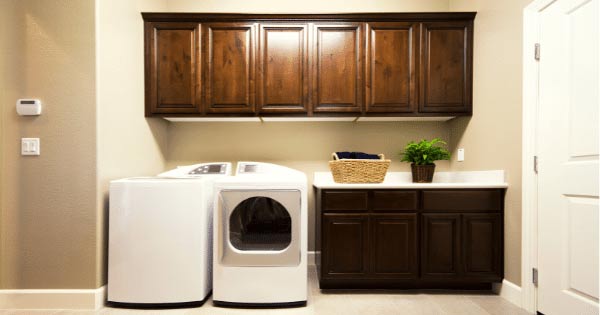
Laundry Room
Dryers need proper airflow in order to function. When the filter or exhaust is blocked, the heat buildup can cause a fire. Nearly 17,000 clothes fires are reported each year, according to the National Fire Protection Association. Keep your dryer from becoming a fire hazard by following these steps.
-
- Unplug your dryer if it’s an electric model. If it’s a gas model, turn off the gas.
- Pull the dryer away from the wall and detach the dryer duct, the flexible tube connected to the back of the dryer.
- Vacuum inside the duct and in the vent.
- Go outside your home and locate the exterior dryer vent. Remove the cover and vacuum in there as well.
- If your dryer vent is a long one, and the vacuum doesn’t quite get at the lint, you can buy a dryer vent kit that has brushes and tools to get inside.
- Inspect your duct for cracks or tears. If you see any, repair them with aluminum tape. (Do not use duct tape. Despite the name, duct tape does not work well with the heat of the dryer.)
- Reattach the duct.
- Remove the lint screen and vacuum in and around it. If it’s clogged, you can scrub it with warm, soapy water and then dry it with a towel before placing it back.
- Find the moisture sensor. It’s usually a thin metal bar below the dryer door. Clean it with a cotton ball and rubbing alcohol.
Washers benefit from regular maintenance. Not only will this help avoid breakdowns, but also leaks which can cause major water damage to your home. Regular care also will keep your machine clean and your clothes smelling fresh.
-
- Look for cracks, bulges, or leaks in your water hoses. That means you will need to replace them. Your owner’s manual also may recommend a timeframe for replacing hoses even if there is no damage.
- Make sure your washer is at least four inches from the wall to prevent hoses from twisting.
- Clean the lint collector, which is usually found near the center agitator tube or near the top of the machine.
- If you have a front loader, wipe down the door and rubber gasket area.
- Clean the soap scum buildup from your washing machine. Architectural Digest recommends this process using vinegar and baking soda.

Kitchen
Dishwashers can build up debris over time which can cause odors. Doing a deep clean periodically can help keep things fresh.
-
- Remove your racks and inspect them for chips or exposed metal. If you see any, you can buy special touch-up paint to help prevent rust.
- Check and clean your dishwasher drain.
- Remove and wash the filter.
- Run a wash cycle with a dishwasher-safe cup filled with vinegar on the top rack. Use the hottest water setting available.
- Sprinkle a cup of baking soda on the bottom of the dishwasher and run a short cycle.
Refrigerators can work harder than they have to, if not properly maintained. Plus, a clean refrigerator helps keep your food safe from germs.
-
- Your refrigerator’s coils could be clogged with dust, dirt, and pet hair. Use a handheld vacuum to remove this debris. You’ll find the coils either at the back of your fridge or underneath the front.
- Check the seals on your refrigerator’s doors. Make sure the door gaskets are “gunk-free.” This could affect the seal.
- Check the temperature to make sure that the fridge is at or below 40 degrees Fahrenheit and the freezer is at 0 degrees. You can buy a refrigerator thermometer if you have an older fridge without a temperature gauge.
- Your ice maker and water dispenser usually have filters that need changing. Check your manufacturer’s guide for instructions.
- Listen to your fridge. If it makes a loud sound, it may require some maintenance. (Fridges should have low-level hums that are barely noticeable.)
Stoves and ovens are well used during the fall and winter months, especially for holiday meals. Make sure yours are all in good working order.
-
- As you cook on your stove, the range hood draws the cooking steam upward and traps grease particles in its filter. This food-flavored grease attracts pests, so you’ll want to make sure it’s cleaned regularly. Home Depot offers the following steps to clean your range hood.
- Clean stovetop drip pans underneath your burners.
- Make sure the oven has a tight seal; otherwise, it could be losing heat. That will cause food to take longer to cook or cook unevenly. Feel along the seal that lines the door. If you find any broken, torn, or deformed areas, replace the seal, also known as a gasket.
Garbage disposals can host harmful bacteria or grow mold. This Old House suggests this approach: Pour a half cup of baking soda into the disposal. Wait 30 minutes, then pour in one cup of white vinegar. Let the mixture foam for 3 minutes, then rinse with hot water. Finally, grind up two cups of ice and a cup of salt while running cold water. You also can grind lemon peels at the end for a fresh scent.
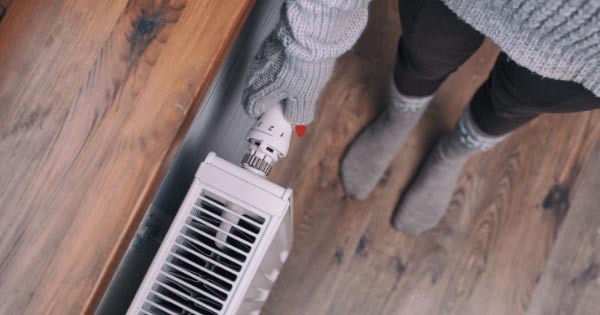
Heating
Furnaces have a lifespan of 20-30 years when properly maintained. Fall is the best time to check to see that your furnace is working properly before the cold weather descends.
-
- If your furnace is the kind that pulls air from outside, make sure that nothing is blocking the outdoor vent.
- Check that the ducts and vents are free of debris and dust, and securely fastened.
- Check the filter(s) and replace as needed.
- Know the signs that indicate you may need a new furnace. These include frequent breakdowns, a rise in energy consumption, and inconsistent heat where one room is cold and another hot.
Call a professional if you are unsure about maintaining your appliances. If you need to replace an appliance, it’s always good to get at least 3 bids. Make sure the bid includes the removal and disposal of the old appliance.
Your appliances aren’t the only devices that need to be checked in the fall. Help keep your HVAC running smoothly and your pipes thawed all winter by checking out our blog on fall maintenance for your home systems.
This article is furnished by California Casualty, providing auto and home insurance to educators, law enforcement officers, firefighters, and nurses. Get a quote at 1.866.704.8614 or www.calcas.com.
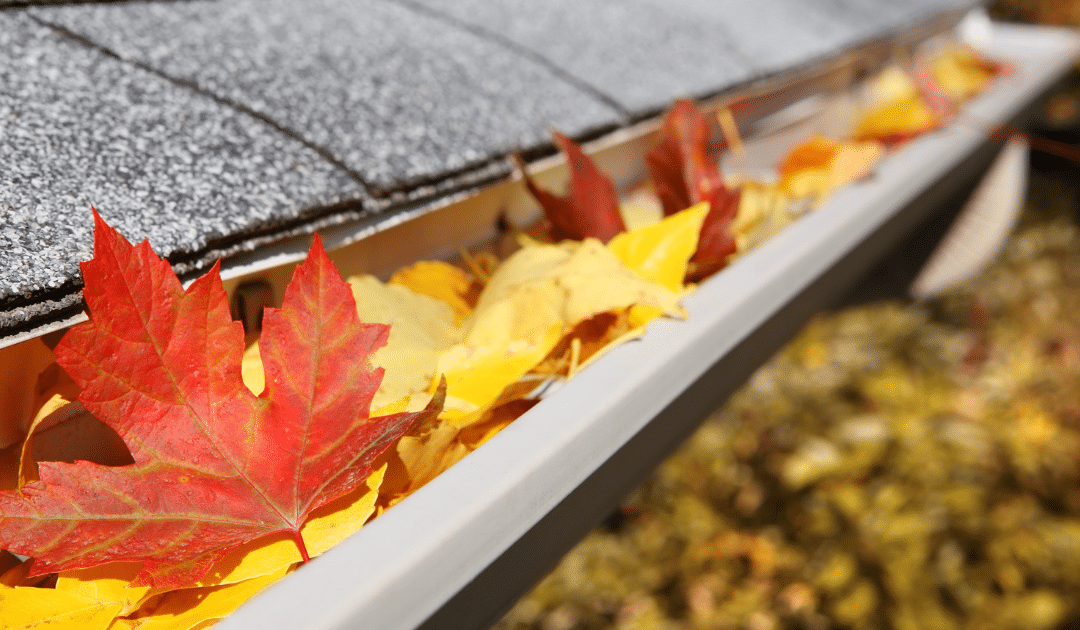
by California Casualty | Consider This, Homeowners Insurance Info |
We don’t think much about our heat, electrical, or plumbing until they stop working…
Like a regular health checkup, a home system checkup includes routine maintenance that can help prevent costly repairs and future emergencies.
Homeowners, follow our checklist to keep your home systems running smoothly all season long.

HVAC (Heating, Ventilation and Air Conditioning) System
The HVAC system is responsible for heating and cooling your home. Regular maintenance can help lower your utility bills, increase your system’s lifespan, and ensure you are breathing healthy air.
-
- Check the air filter. If it’s dirty, it will make your furnace work harder. Clean or replace the filter every three months.
- Clean the air vents. You can vacuum the vents to help prevent blockages. If you suspect there’s a buildup of dirt and grime, consider scheduling an air duct cleaning.
- Vacuum lint from the clothes dryer vent that leads to the outside of your house.
- Adjust your programable thermostat for heat rather than air conditioning. If your thermostat takes batteries, replace them at this time.
- Cover the outdoor air conditioning unit once you no longer are using it for the season. That will protect it from the weather, dirt, and debris.
- Rotate your ceiling fans’ blades clockwise in cool months and counterclockwise in warm months to keep heat moving in a direction that minimizes the effort of your HVAC system.
- If you haven’t done so this year, schedule an annual professional checkup to make sure your HVAC system is in good working order.
- Even the best furnaces don’t last forever. You may need to replace your furnace after 10-25 years.

Plumbing System
A plumbing system delivers fresh water to your sinks, bathtubs, toilets, and other fixtures. It also takes away water and waste to a sewer or septic tank. Regular maintenance will help prevent issues such as leaks, clogs, and frozen pipes, which can be disruptive and costly.
-
- Clean drains in your sinks and tubs by pouring half a cup of baking soda followed by half a cup of white vinegar.
- Remove mineral deposits from your showerheads by filling a plastic bag with vinegar. Secure it with a rubber band over the showerhead and leave it overnight. In the morning, you should be able to wipe any buildup away.
- Clean your garbage disposal to prevent it from hosting harmful bacteria or growing mold. This Old House suggests this approach: Pour a half cup of baking soda in the disposal. Wait 30 minutes, then pour in one cup of white vinegar. Let the mixture foam for 3 minutes, then rinse with hot water. Finally, grind up two cups of ice and a cup of salt while running cold water. You also can grind lemon peels at the end for a fresh scent.
- Flush your water heater to remove any mineral buildup. You can find instructions online or call a professional.
- Check your faucets inside and outside to make sure they are not dripping or leaking.
- Check under the sink for any leaks or stains, which could signal water damage or mold.
- Check any exposed pipes in your home for leaks and seal them. Insulate pipes in places that aren’t heated.
- Disconnect outside water hoses to prevent them from freezing. Turn off underground sprinkler systems.
- Clear debris from your
- Call a plumber if there are issues.

Electrical System
An electrical system powers your lights, appliances, and more. Working around electricity requires knowledge and skill to take the proper safety precautions. If you’re unsure of how to do something, consult a trained professional.
-
- Inspect your breaker panel. Check for signs of corrosion. Flip the breakers on and off to make sure they move easily and do not stick. (Make sure first to alert members of your household that you are switching off electricity so they can prepare accordingly.)
- Test your outlets. You can buy a cube or block tester at any hardware store. You simply plug it in, and it lights up to indicate common issues. Also, test each outlet for tightness. Outlets may wear out over time. Finally, consider installing tamper-resistant outlets in any areas where children may be able to reach.
- Place your hand on outlets and light switches to check for excessive heat. Also be aware of any “hot wire” smell when a light is on or an appliance is plugged in, or popping and cracking sounds. These indicate that you may need to replace that outlet or switch.
- Look at exposed wires and cables in your basement and other areas of your home. If you notice damage, replace them.
- Make sure exterior outlets are covered so that they are not damaged by the weather and animals.

Security System
Your home security system protects you from threats. No matter what system you have, a semi-annual check can keep it in top working order.
-
- Inspect your sensors. Make sure they are firmly attached to windows or doors. Try to set off a motion sensor to ensure it is working properly.
- Replace batteries if your system uses them.
- Check lighting and replace bulbs as needed.
- Make any adjustments needed to the camera angles. This is a good time to clean the lens.
- Trim bushes that have overgrown and might provide cover for a thief.
- Tighten loose screws in gates, door hinges, knobs, and locks.
- Check your warranty or contract to see if you qualify for an upgrade.

Home fires spike in the fall and winter. Being prepared is key and could save your life if you are the victim of an unexpected house fire.
-
- If you have not done so already, purchase smoke alarms that also function as carbon monoxide detectors. Carbon Monoxide is a poisonous, odorless gas that claims over 400 lives each year.
- Install detectors on every level of your home, including inside of bedrooms and in common rooms.
- Test and change batteries in older detectors or alarms.
- Replace them after 10 years.
- Have a disaster plan in case of a home fire and keep all other fire safety materials, like fire extinguishers, in well-working condition.
Take the proper precautions to avoid winter home hazards and keep your home in good working order this season.
For more fall maintenance tips click here.
This article is furnished by California Casualty, providing auto and home insurance to educators, law enforcement officers, firefighters, and nurses. Get a quote at 1.866.704.8614 or www.calcas.com.
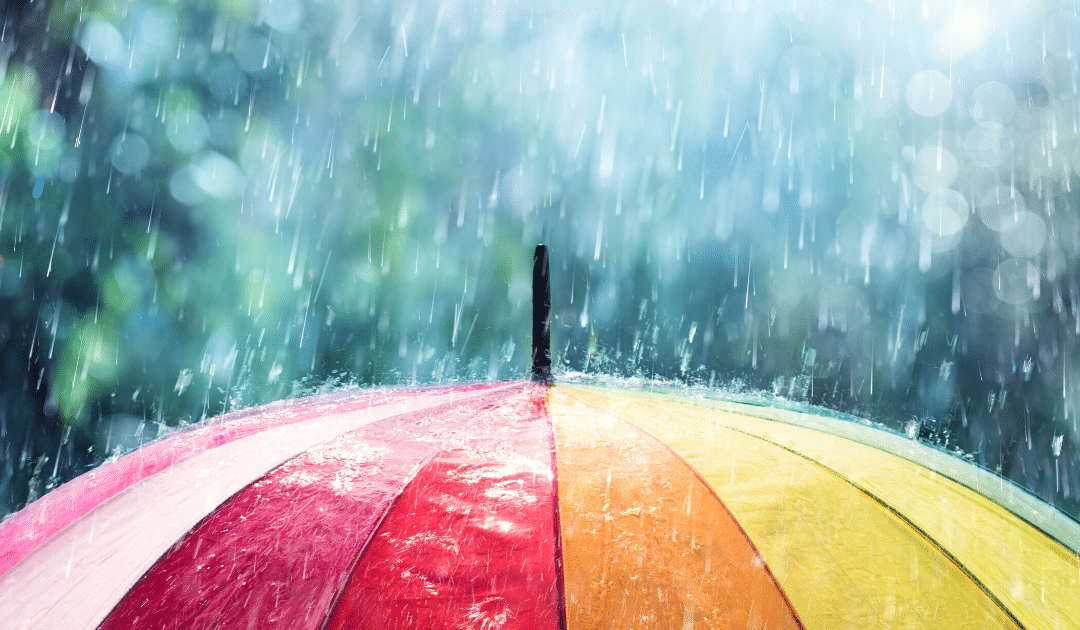
by California Casualty | Calcas Connection, Consider This, Safety |
It’s no secret that spring storms can bring heavy rainfall in short amounts of time. This not only can cause rivers and lakes to rise outside their banks, but it can also cause flooding in city streets and near homes.
Contrary to what many may think is covered under their insurance policy, a Home or Renter’s insurance policy will not cover a flood. If you live in an area prone to flooding, you need to also purchase flood insurance. Floods are one of the most dangerous disasters in the United States, and if you don’t purchase flood insurance, they can cost you big time. The National Flood Insurance Program (NFIP) estimates that just one inch of water in a 2,000 square foot house will result in $23,000 in damage.
Flood season has arrived. Here are five reasons you need flood insurance now:
1. It’s not just for homeowners and businesses.
Flood coverage is available for renters. Condo owners can also purchase it. It will cover damage to your possessions from a flood.
2. Flooding is not covered under your standard policy.
Homeowners and renters need to purchase separate flood policies. Umbrella insurance does not usually cover flooding, either.
3. Floods aren’t limited to flood plains.
Every state has experienced flooding, and it can happen anywhere. The NFIP estimates that 25 percent of flood claims come from areas outside of high-risk flood zones.
4. Flood insurance doesn’t take effect immediately.
There is a 30-day waiting period from the date you purchase the insurance until you are covered, in most cases.
5. It’s often not as expensive as you think.
The average policy costs about $700 per year. The higher your risk, the higher your premium. Costs do vary depending on your flood risk and the year and type of construction. Keep in mind, the average residential flood claim amounted to more than $38,000.
Don’t delay, there is a 30-day waiting period before flood coverage goes into effect. Call a California Casualty advisor today at 1.877.652.2638 to make sure you’re covered. Or, contact our Agency Services department at [email protected].
This article is furnished by California Casualty, providing auto and home insurance to educators, law enforcement officers, firefighters, and nurses. Get a quote at 1.866.704.8614 or www.calcas.com.
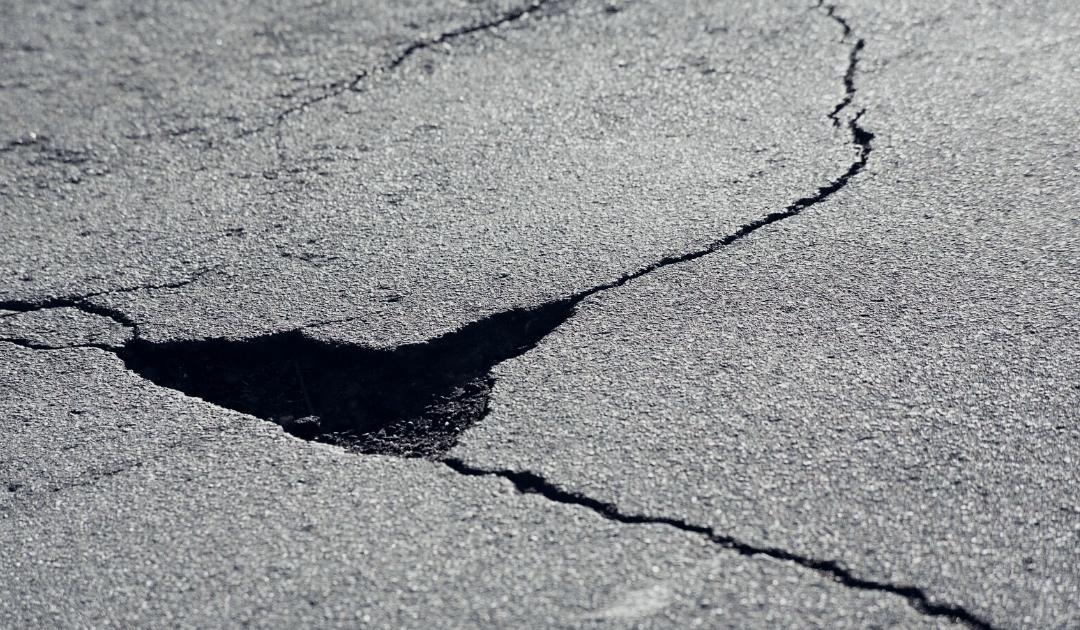
by California Casualty | Auto Insurance Info, Consider This |
It’s officially pothole season.
Potholes can pop up on roadways during any season, but why do they seem so prevalent during the first few months of the year?
When winter is ending and spring is on the horizon, the weather is constantly fluctuating between mild and freezing temperatures. Rain, snow, and ice get into smaller holes and cracks in the pavement, and as the temperature jumps back and forth from high to low, the precipitation continually freezes and thaws expanding those pavement cracks causing others to form. As cars and heavy trucks drive over them, the asphalt chips away, thus creating potholes.
Potholes, no matter how small, can wreak havoc on your entire vehicle. Here are 5 ways hitting a pothole can cause damage.
1. Steering & Suspension
Your vehicle’s suspension absorbs bumps so you can’t feel them when you drive. If you cause enough wear and tear on your suspension system, it could result in a number of problems with your steering, including: vibrations, noises when you turn, vehicle pulling to one side, etc.
2. Undercarriage
Vehicles that ride lower to the ground have a better chance of being damaged by a pothole. They can cause scratches and scrapes, that aren’t dangerous until they start to rust or leak. They can also rip off low-hanging bumpers.
3. Tires & Wheels
It’s no secret that debris from potholes can cause holes, leaks, and tears in your tire, but when you hit a pothole fast enough, it can also cause a complete tire blowout. Potholes can also damage your wheels by bending or cracking your rim. And if there is visible damage, you’ll likely have to replace the entire wheel.
4. Body & Exhaust System
Pavement debris and rocks can scratch the paint on your vehicle and cause rips and leaks in your exhaust pipes, muffler, and catalytic converter. If your exhaust pipes have been damaged, it can be a serious issue. Ripped pipes can leak exhaust fumes into the cabin of your vehicle and cause serious health issues (including death). If you hear a strange noise or lose power after hitting a pothole, there is a good chance your exhaust pipes have been damaged and you need to pull over.
5. Loss of Control
Lastly, one of the most dangerous consequences of hitting a pothole is that it could cause you to lose control of your vehicle. Losing control for even a few seconds, could not only cause damage to your vehicle, but could also be deadly for you and your passengers. That is why it is important to watch the road for potholes when you drive and try and avoid them.
Potholes are extremely dangerous for you and your vehicle, but sometimes accidents do happen.
So, what if you accidentally hit a pothole, is damage done to your vehicle covered by insurance? Typically pothole damage is covered if you have collision insurance. If you aren’t sure, call your agent and review your coverage today.
This article is furnished by California Casualty, providing auto and home insurance to educators, law enforcement officers, firefighters, and nurses. Get a quote at 1.866.704.8614 or www.calcas.com.

